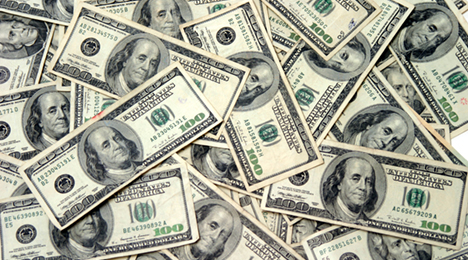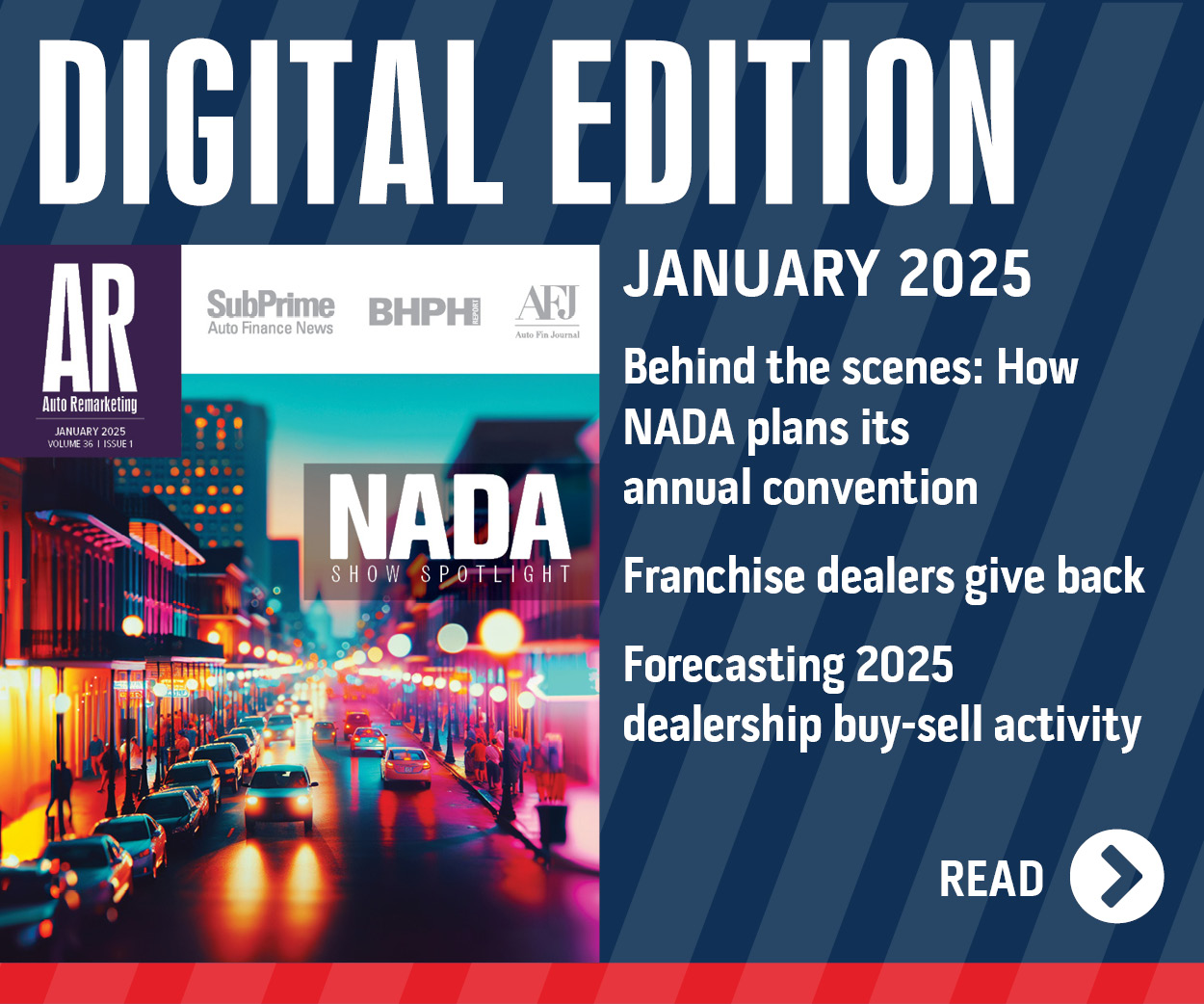Complicated Balance of Leasing, Sales & Incentives

The fact that lease penetration rates have pushed towards the 30-percent range in recent months is “one of the key drivers” to such strong new-car sales, Kelley Blue Book senior analyst Alec Gutierrez said in a conference call with the media on Monday.
But what are consequences of such sky-high leasing rates, coupled with the potential for an increase in interest rates and the possibility used prices will come down from their lofty peaks? Not to mention, what should we make of current incentive spending?
As it stands, the market is showing low interest rates, plus what Gutierrez called “incredibly strong” residual values. These two factors have fueled leasing rates, which in turn, have helped lift overall new-car sales.
“I think you look at one of the key drivers of industry sales this year — and this is for utilities, small cars, luxury cars, you name it — and it’s really been leasing,” Gutierrez said.
“I know for the last several months, we’ve been trending closer to 29- to 30-percent lease penetration rates, and that’s only made possible by the fact that we have such historically low interest rates coupled with a historically high used-car market,” he added.
Gutierrez acknowledges that raising the interest rate is something the Federal Reserve “tends to shy away (from)” to avoid putting “undue stress on the economy,” and that it’s also something that has been bandied about the past couple years.
“But if interest rates start to press up and/or the used-car market takes a bit of a hit — which we expect to see in the next couple of years with the type of lease activity that we have seen — that’s where you could potentially see some downward pressure on sales, on demand, because with ATPs as high as they are, you lose some of those options that will help you to offset those rising transaction prices,” he said.
CNW Research addressed a similar notion in a Special Forecast Issue of its Retail Automotive Summary released Wednesday.
The firm is forecasting 17.12 million new-car sales for 2015, but that may come with a price.
“For the industry to hit 17.12 million units, however, will require a significant boost in incentive spending on top of new models,” CNW president Art Spinella said in the report. “The sales gains and conversion of intenders to buyers can be traced to a booming lease effort in the middle to late 1990s and early 2000s.
“CNW calculates that it was also a time the industry, in a single year, lost more than $10 billion because of inflated residual values. The past two years have seen a similar boost in incentives, especially in 2014, with more than 95 percent of all models offered having some significant dealer or consumer enticement,” he added. “There was a huge bulge in the number of vehicles sold that had an incentive attached in calendar-years 2002-2005 as the industry attempted to dig its way out of the leasing quagmire.
“And while the decline in the percentage of vehicles covered by an incentive diminished in ’06, the trend line upward continued.”
When it comes to transaction prices, CNW believes that increased incentives and higher trade-in values from dealers will drive down the ratio of transaction price-to-MSRP from 84 percent to 81 percent.
Looking deeper into incentives, ALG said in the January-February 2015 US Industry Report that current incentives, as measured in the latest edition, are at $2,608 per vehicle, up $18 from where they were from the previous edition. ALG’s 36-month incentive forecast is at $2,928 (up $5), leading to a 0.02-percentage-point downward impact on residuals.
Of course, incentives are just one of many factors impacting residuals. ALG said in a snapshot of the report, that when looking at residual forecasts, “Total change (including expected declines and economic outlook) was -0.7 percentage points on average in the 36-month term, with some variation among segments.”
The analysis added: “This edition is slightly more negative than the January/February 2014 edition, when supply impacts were not as severe.”
The complete report includes a digest of how varying factors impact the residual forecast.

 View The Latest Edition
View The Latest Edition

